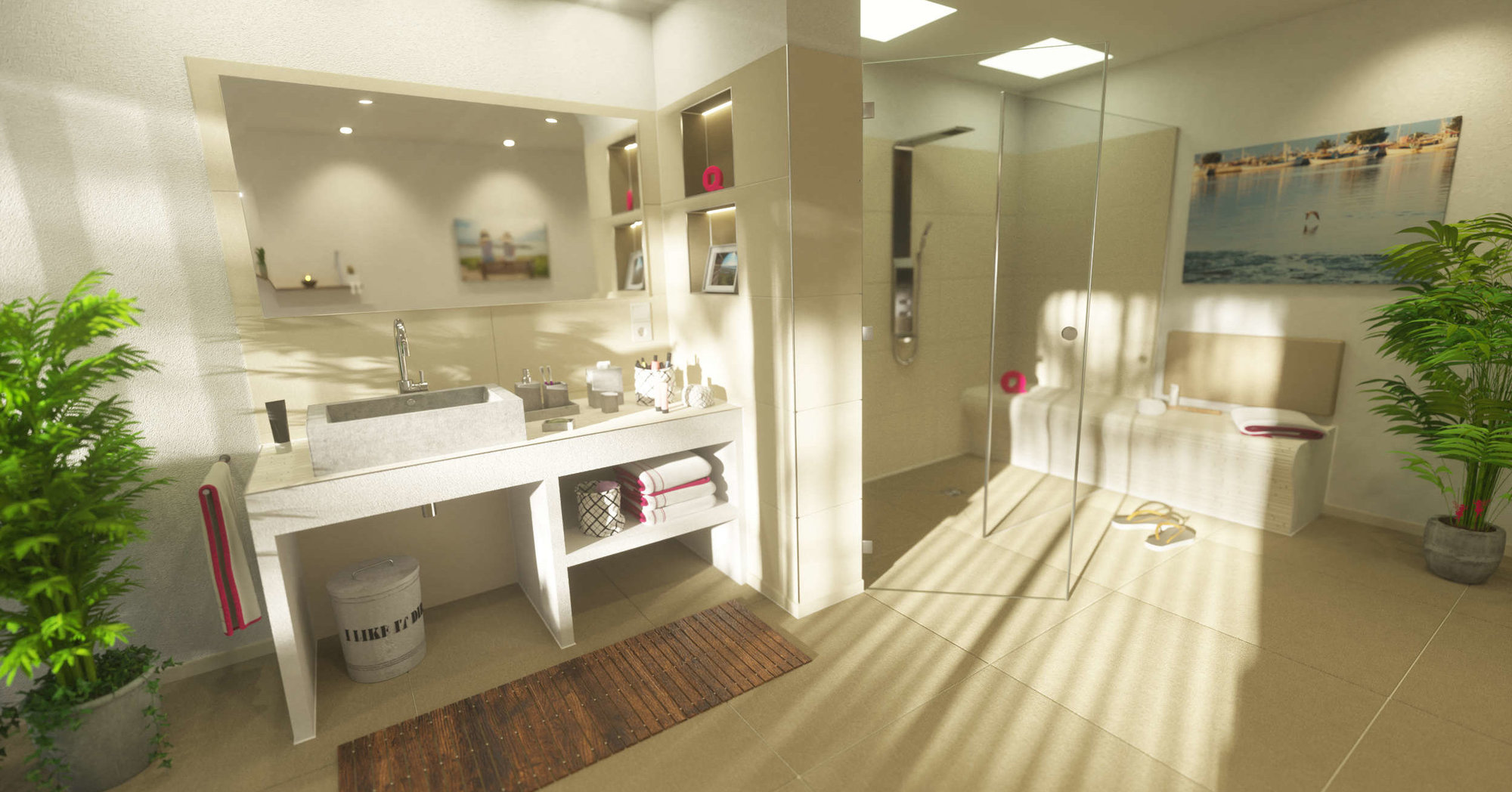Morning all,
Yesterday evening, when I should have been working on the layout, I plonked some track down on the new baseboard and ran some trains.
Trackwork was PECO Bullhead, medium radius points and plain track. Due to the temporary lash up nature of the ensemble, power to track, none to frogs.
Running was interesting. I have already been chatting elsewhere about the issues some have had with these points but the summary is this........
There is gauge narrowing through the curved section of the point. Others more qualified than me measured and established it's 16.2, which I understand to be consistent with 00/FS.
I, like others, have a nice selection of wagons by Rapido. They're lovely, state of the art ( Darling ) and I intend to use them, a lot. However, the B2B vary up to 14.8. Combine this with narrow pointage and as I saw last night it makes for interesting progress through the points.
Locos..........I want to use short wheelbase locos. For testing last night, I used a Hattons P Class, actually a couple and a Dapol Rails Terrier. Neither coped well through the frogs. The P class stuttered but got through. The Terrier just stopped and sulked. The Terrier lacked side play on the driven axle ( in this case beneath the cab ) so reversing through the frog just didn't happen. Forwards there was an improvement but only marginally.
Other locos were tried. A Hornby J 15 was fine though the tender was a bit tight going through. I think this was due to the tender chassis base plate being a tad tight thus reducing side play and the centre axle being a bit tight.
Bachmann USA tank sailed through as did a Bachmann 1F and Jinty.
A Dapol B4, normally a benchmark for good running wasn't particularly happy, neither was a new Hawthorn Leslie but stuttered through.
I didn't do any measuring of loco B2B but I think the main issue was that of varying wheel profiles. The Terrier looked chunkier to the eye than say the J15.
I'm therefore in a bit of a quandary. Do I persevere with the Bullhead points, lay and wire them properly with the chance I may not obtain the running I want ( mindful that to do this may well require the re-wheeling of any Rapido wagons used thereon ) or do I revert to Code 75 Streamline points, laid and wired as per as I know all the above locos run well through them.....I am certainly of a mind to use British Finescale kit built points on Flaxfield in light of the above but given the space constraints on this test piece, I want to stay with proprietary ready to lay points at this stage as I'm not yet proficient enough to make my own pointage......and the main reason for this 'test piece was to make sure I understand fitting point motors, powering frogs adding droppers etc etc.
Decisions, decisions.....
Rob.




 ) if locos and stock fail the basic test of successful turnout negotiation in all directions.
) if locos and stock fail the basic test of successful turnout negotiation in all directions.